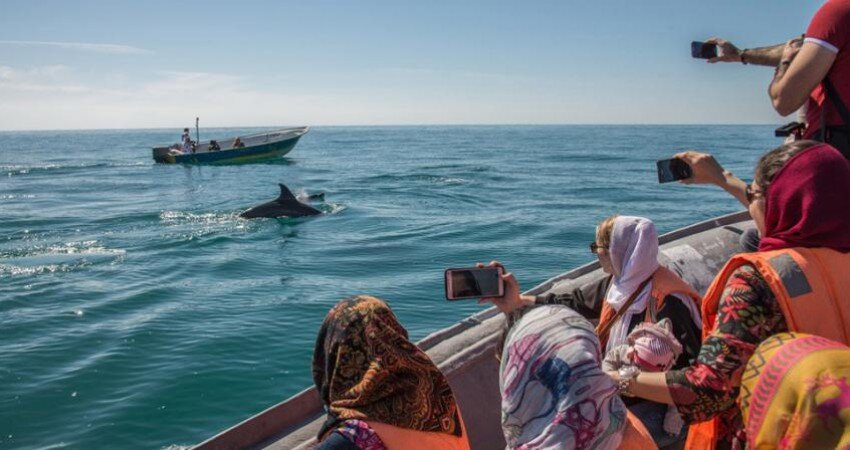Mazandaran tourism in need of clear, inclusive roadmap, official says

TEHRAN – The newly-appointed deputy tourism chief of Mazandaran says the northern Iranian province requires a clear and comprehensive roadmap in the realm of tourism development.
“We still do not have a comprehensive plan or roadmap to define the provincial tourism management through an integrated and balanced view,” IRNA quoted Mohammad-Ali Shafiei as saying on Monday.
Shafiei made the remarks during his inauguration ceremony, adding “The tourism industry, particularly in Mazandaran, is very complicated and it cannot be seen one-dimensionally. For this reason, the priority that I am pursuing, with the help of colleagues, is to develop a comprehensive tourism plan for the province.”
“Although we have many tourism-related events in Mazandaran, which draws millions of travelers every year, we do not have a comprehensive strategy that integrates the events in the field of tourism.”
Of course, over the past couple of years, several (provincial) authorities have made attempts to formulate such a plan, but it did not come to fruition for various reasons, including lack of credit.
Elsewhere in his remarks, the official reminded one of the World Tourism Organization’s mottos “Accessible Tourism for All”, saying “Achieving this goal requires a precise definition of tourism and the optimum use of all available capacities in the province.”
Earlier this year, domestic vacationers made almost 14 million overnight stays across Mazandaran during the two-week Noruz holidays (started March 21).
Sandwiched between the towering Alborz mountain range and the Caspian Sea, Mazandaran has a rich yet turbulent history. An early civilization flourished at the beginning of the first millennium BC in Mazandaran (Tabarestan).
Its insecure eastern and southeastern borders were crossed by Mongol invaders in the 13th and 14th centuries. Cossacks attacked the region in 1668 but were repulsed. It was ceded to the Russian Empire by a treaty in 1723, but the Russians were never secure in their occupation. The area was restored to Iran under the Qajar dynasty.
The northern section of the region consists of lowland alongside the Caspian and upland along the northern slopes of the Alborz Mountains. Marshy backlands dominate the coastal plain, and extensive gravel fans fringe the mountains. The climate is permanently subtropical and humid, with very hot summers.
AFM

Leave a Comment